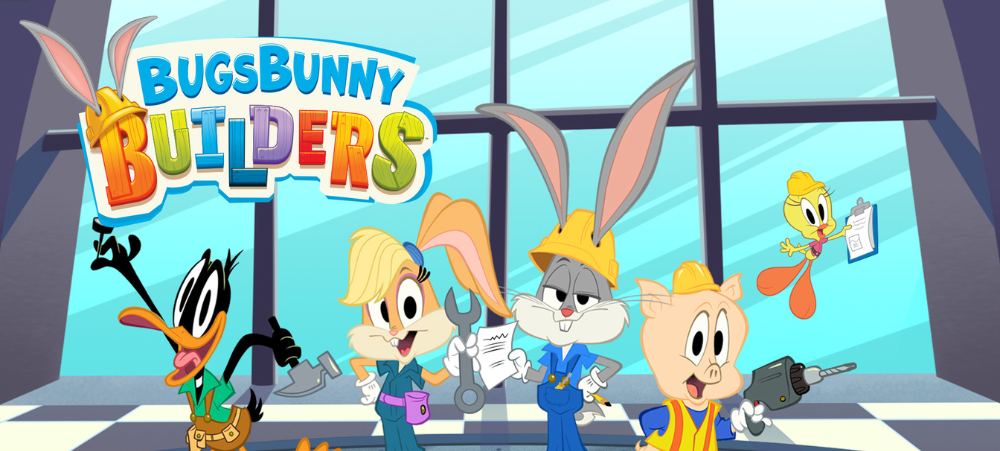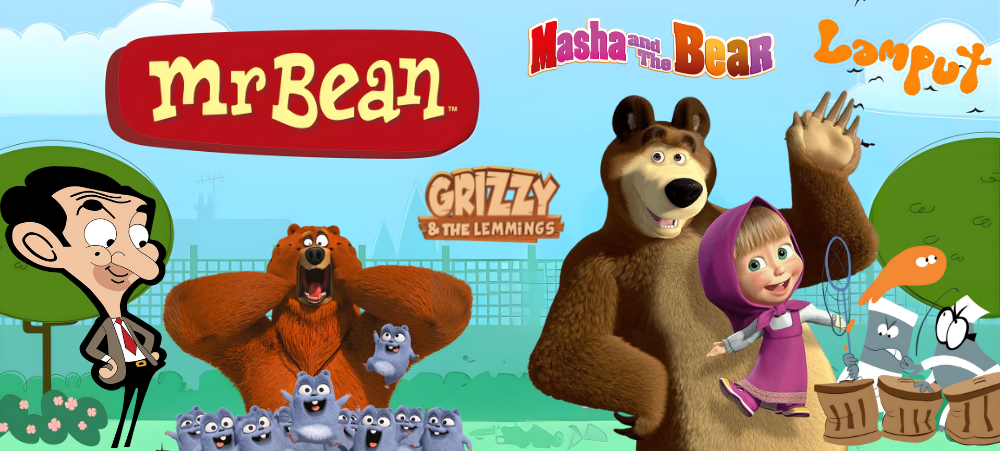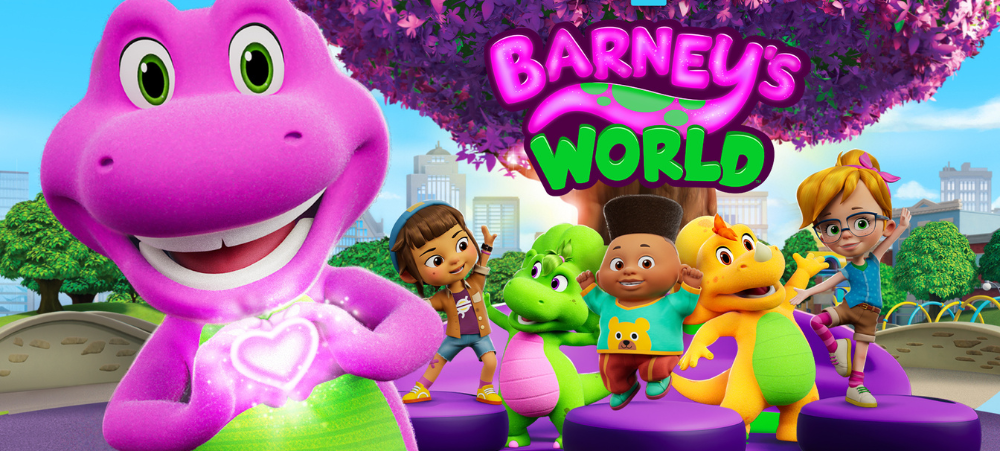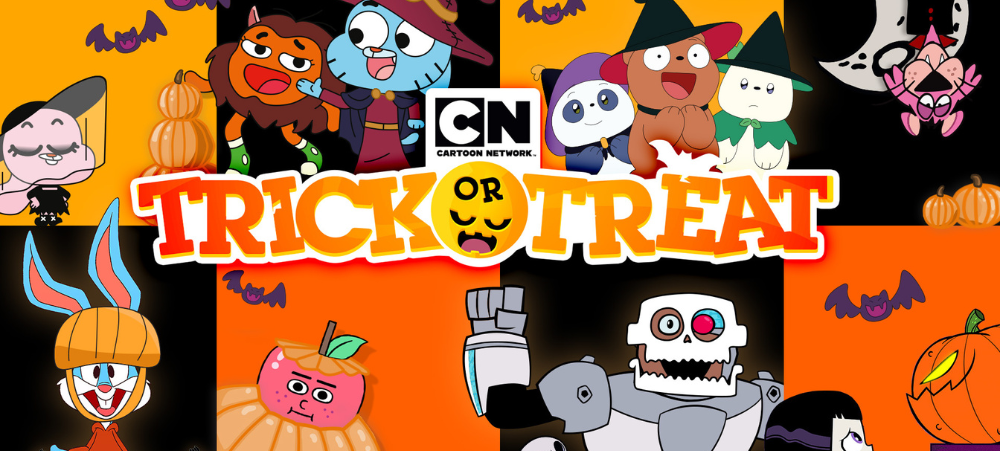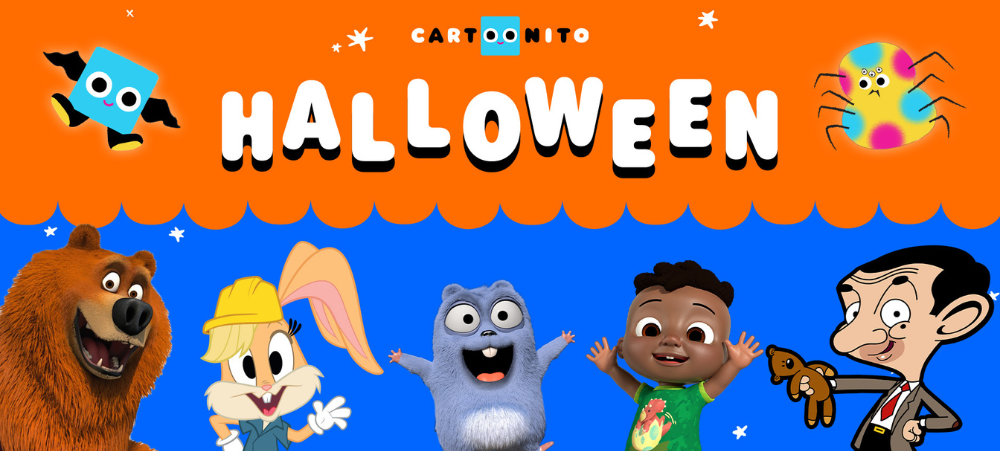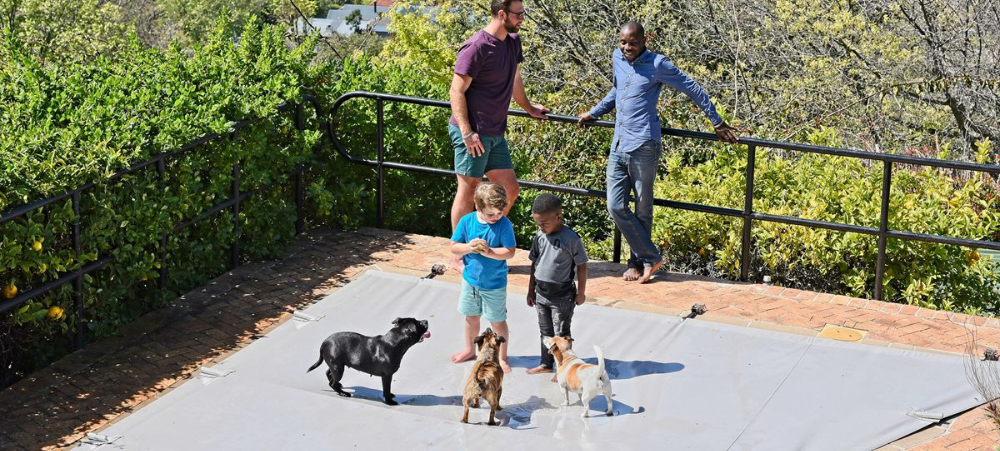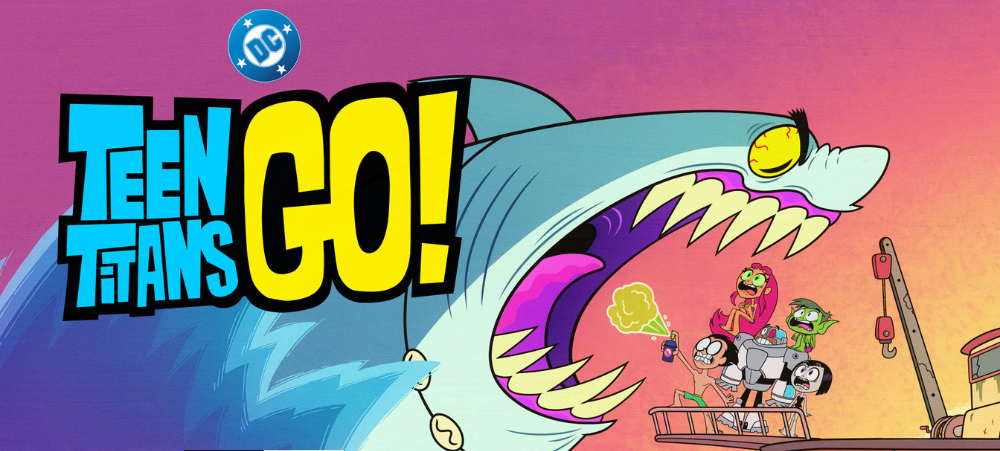Staying steady on your feet may be something you don’t think about until you begin to notice wobbles, dizziness, or even a fall. Balance is one of those invisible skills we rely on daily, from learning to walk as toddlers to maintaining independence in our senior years. Yet, balance health doesn’t maintain itself; it requires attention, care, and, when needed, professional support. Balance is more than just being able to stand still or walk straight; it’s a complex system that involves the brain, eyes, muscles, joints, and the inner ear (vestibular system). When any part of this system is disrupted, you may experience: Falls are a leading cause of injury in older adults, but balance problems can affect anyone at any age. That’s why supporting balance health across the lifespan is so important; it helps children develop, adults remain active, and seniors stay safe and independent. Supporting Balance in Every Stage of Life Children & Teens Developing balance skills in early life is essential for coordination, physical activity, and confidence. Sports, playground activities, and simple exercises like hopping or balance games help strengthen the balance system. Persistent dizziness, frequent falls, or delayed motor skills in children may indicate a vestibular issue that requires assessment. Adults For adults, maintaining balance is tied to staying active and preventing injury. Work, exercise, and daily life often demand quick movements and steady footing. Incorporating balance exercises like yoga, tai chi, or heel-to-toe walking can strengthen stability. It’s also important to manage health factors such as vision, joint strength, and hearing. Older Adults As we age, natural changes in muscle strength, vision, and the inner ear can affect balance. Falls are a serious health risk, often leading to fractures and loss of independence. However, taking proactive steps like keeping the home environment safe, engaging in regular balance and strength training, and scheduling regular check-ups can make a difference. Our Role in Balance Health as Audiologists Many people don’t realise that balance is closely linked to the inner ear. The vestibular system, housed within the inner ear, provides the brain with information about motion and spatial orientation. When this system is affected, it can lead to dizziness, vertigo, or unsteadiness. This is where our audiologists play a critical role. Beyond hearing care, audiologists are trained to: By evaluating both hearing and vestibular health, our audiologists help patients regain stability, confidence, and independence. Steps You Can Take to Support Balance Health We Are Here to Help You Find Your Balance Balance health is a lifelong journey. By taking small, proactive steps and recognising when professional care is needed, you can protect your independence, confidence, and overall well-being. If you or a loved one notices balance changes, our audiologists at NB Hearing and Balance are here to support you with patient-centred hearing and vestibular care. Contact any of our Cape Town offices to schedule a balance assessment.
